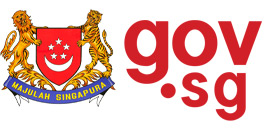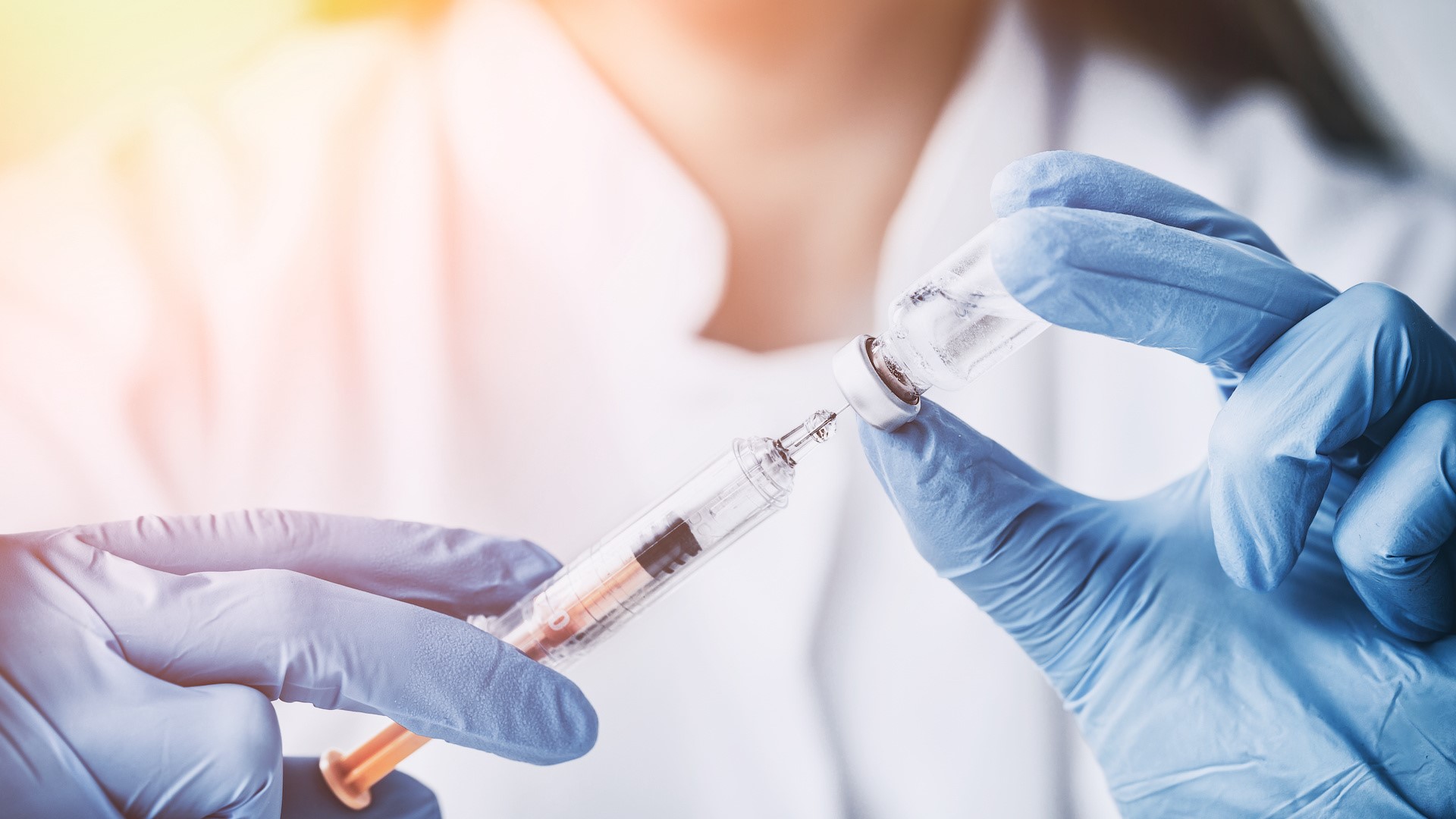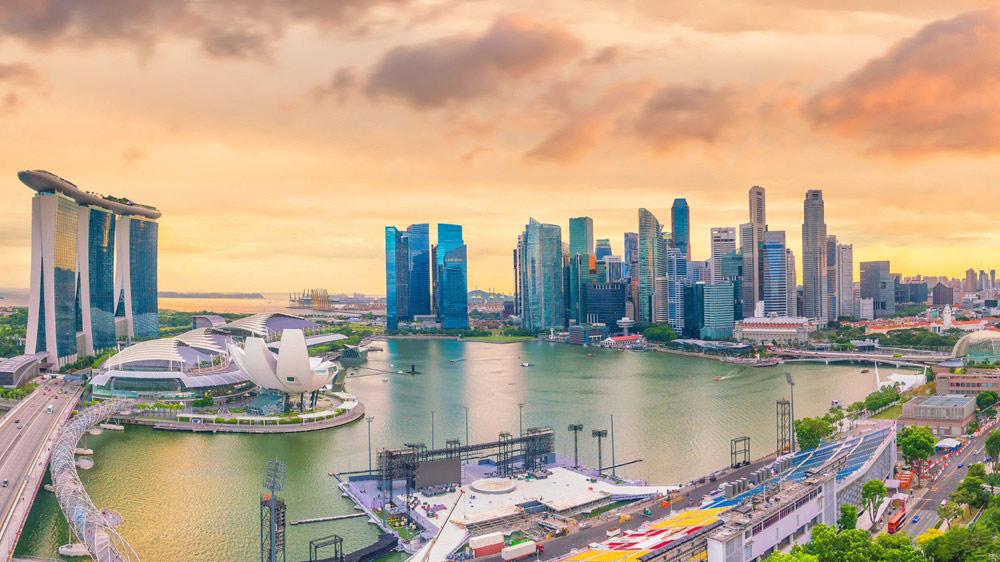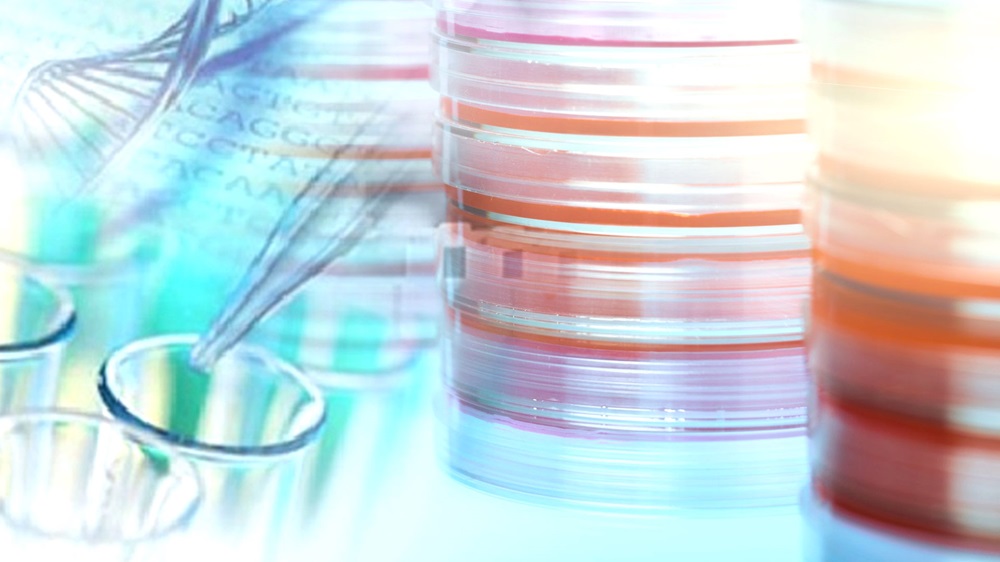
Singapore had previously raised the alert level from DORSCON Yellow to Orange at the peak of the Influenza A (H1N1-2009) pandemic on 30 April 2009. At that juncture, there were no confirmed cases in Singapore.
When was DORSCON Orange activated in Singapore?
On 30 Apr 2009, the World Health Organisation (WHO) raised the pandemic alert for H1N1 influenza from Phase 4 to Phase 5. This indicated a human-to-human spread of the virus into at least two countries in one region.
Although there were no human cases in Singapore at that point in time, MOH stepped up the DORSCON status from Yellow to Orange.
Additional measures to mitigate the spread of H1N1 in Singapore were introduced, including:
Enhanced infection control measures at healthcare institutions, such as ensuring healthcare workers wear full personal protective equipment, isolation of confirmed and suspect cases, as well as contact tracing
Issuance of Quarantine Orders to close contacts of suspect and confirmed cases, as well as incoming travels from Mexico
Routine temperature checks in schools, workplaces and places of mass gathering. At healthcare institutions and land checkpoints, temperature screening and screening for flu-like symptoms were also conducted.
How long did Singapore remain at DORSCON Orange?
On 11 May 2009, eleven days after DORSCON Orange was activated, Singapore scaled down the DORSCON level to Yellow. This was because the virus appeared milder than originally feared, and there was no evidence of community transmission in Singapore.
However, as H1N1 was highly contagious and likely to become endemic, Singapore remained vigilant and ready to scale up measures, when necessary.
The first case of H1N1 was confirmed on 27 May. Although WHO subsequently declared H1N1 a global pandemic, Singapore did not raise the DORSCON level to Orange.
How many people in Singapore were infected with H1N1?
An estimated 415,000 people were infected with the H1N1 influenza in Singapore. Although most cases of H1N1 infection were mild, there were at least 18 fatalities reported in 2009.
What are the symptoms of H1N1?
Those infected with H1N1 had similar symptoms to those of seasonal influenza. These included fever, sore throat, cough, and runny nose.
In healthy individuals, the best ways to stay healthy and protected against influenza is to keep a high standard of personal hygiene and to avoid crowded places with poor ventilation.
Similarly, members of the public are advised to practice good personal hygiene habits and be socially responsible in the fight against COVID-19.
We use cookies to tailor your browsing experience. By continuing to use Gov.sg, you accept our use of cookies. To decline cookies at any time, you may adjust your browser settings. Find out more about your cookie preferences here .
